Healthy breathing starts with a simple habit many people overlook: keeping the lips closed and the tongue resting on the palate. Myofunctional therapy uses targeted exercises to retrain these patterns, and small training aids can make the process easier. One of the most practical tools for building a consistent lip seal is MyoTape, a gentle adhesive that guides the lips into contact while keeping a safe opening in the centre.
That single change can transform how someone practises therapy at home. It supports nasal breathing, encourages better tongue posture, and brings awareness to habits that derail progress.
What MyoTape Is and How It Works
MyoTape is an elastic adhesive strip designed to sit around the mouth rather than across it. The centre remains free, which means the lips are not fully covered. The tape exerts a light inward pull on the cheeks and perioral skin, nudging the lips together.
- The material is soft and stretchy, typically a cotton blend with a hypoallergenic adhesive
- It is shaped to frame the lips, leaving a small central gap
- Versions are available for adults and children, sized accordingly
This design matters for two reasons. First, it allows you to speak or cough, and to open the mouth quickly if needed. Second, it promotes the learned habit of lip closure without forcing it. That’s a better fit for training, where the goal is awareness and gentle reinforcement rather than rigid restraint.
Some people think of mouth taping as sealing the lips shut. MyoTape takes a different approach. It creates a nudge, not a blockade.
Why Lip Seal Matters in Myofunctional Therapy
Oral posture sets the stage for breathing and craniofacial balance. A consistent lip seal tends to support:
- Nasal breathing that filters, warms, and humidifies air
- Tongue contact with the palate, which stabilises swallowing and speech patterns
- Less oral dryness, fewer irritated tissues, and calmer airway reflexes at night
- Better long-term stability for orthodontic outcomes
For children, resting lip seal often pairs with good tongue posture and balanced facial growth. For adults, it reduces mouth breathing habits that creep in during desk work, exercise, or sleep. Many therapy goals turn on this simple behaviour, so a tool that makes it easier can accelerate progress.
Situations Where MyoTape Helps
Think of MyoTape as an external cue that serves several roles:
- Daytime habit training while reading, working at a computer, or commuting
- Short practice blocks before nasal breathing exercises or Buteyko-style drills
- Naps or night-time use under professional guidance to reduce mouth breathing
- Support during orthodontic retention or post-frenectomy care as part of a therapy plan
Even five minutes can make a difference for awareness. In longer windows, the tape supports consistency when attention drifts.
Integrating MyoTape Into Therapy: A Practical Blueprint
A structured plan helps people adopt new habits. Clinicians often pair MyoTape with exercise blocks for lips, tongue, and breathing. Here is a simple schedule you can adapt.
- Week 1: Daytime only. Use 3 to 5 sessions of 10 to 20 minutes. Combine with nasal hygiene and basic lip closure holds.
- Week 2: Extend to 30-minute blocks while reading or during a quiet task. Introduce gentle tongue-to-palate holds and nasal breathing through varying activity levels.
- Week 3 to 4: Trial early evening use for 1 to 2 hours. If nasal airflow is clear and you feel at ease, consider a supervised night-time trial.
- Ongoing: Maintain a daily practice window and use as needed to reset habits.
The aim is to build tolerance to nasal breathing, not to force it. If nasal airflow is limited, prioritise clearing the nose first and speak with your practitioner.
A Weekly Progress Table
| Week | Primary focus | Duration target | Notes |
|---|---|---|---|
| 1 | Awareness and comfort | 3–5 blocks of 10–20 minutes | Pair with saline rinses and light lip drills |
| 2 | Consistency during tasks | 30–60 minutes daily | Add tongue-to-palate holds |
| 3 | Evening practice | 60–120 minutes | Gentle activity, soft conversation allowed |
| 4 | Night trial if appropriate | Start with 1–2 nights | Only with clear nose and clinician oversight |
| 5+ | Habit maintenance | As needed | Use for refreshers or higher-risk scenarios |
Evidence and Reasoned Expectations
The science behind nasal breathing is strong. Nasal airflow conditions air, supports nitric oxide delivery from the paranasal sinuses, and helps regulate breathing volume. Mouth breathing links to oral dryness, snoring, and unstable tongue posture. Myofunctional therapy itself has growing support in fields that include sleep-disordered breathing, orthodontics, and speech therapy, with research showing gains in muscle tone, function, and symptom reduction when protocols are followed.
Direct trials on specific tape brands remain limited. Most clinicians rely on the established benefits of nasal breathing and controlled case audits to guide selection. The tape is not the therapy. It is a cue that helps the therapy work.
Real-world outcomes often include fewer dry mouth complaints on waking, steadier lip seal during daily tasks, and improved tolerance to nasal-only breathing during exercise. Results vary with baseline nasal patency, adherence, and the quality of the broader programme.
Comparing Options: MyoTape vs Alternatives
People often ask whether they can use kinesiology tape or a chin strap instead. A side-by-side view helps with selection.
| Option | How it works | Pros | Limitations | Best for |
|---|---|---|---|---|
| MyoTape | Frames the mouth with central opening | Gentle cue, talking possible, easy to apply | Single-use, cost over time | Habit training day or night |
| Paper tape strip | Horizontal seal across the lips | Cheap, widely available | Full seal, harder to speak, skin irritation | Short trials with supervision |
| Kinesiology tape | Custom shape with elastic stretch | Flexible, light pull | Variable adhesives, skill to place | Experienced users, daytime blocks |
| Chin strap | Upward pull to support jaw closure | Reusable, pairs with CPAP | Can alter jaw position, comfort issues | Snoring, CPAP users under review |
| No device | Exercises only | Zero cost, builds internal control | Harder to maintain lip seal in long tasks | Early therapy, motivated users |
The central opening is the defining feature that separates MyoTape from full mouth sealing. That gap helps with safety and communication, which many people value.
Safety First: Who Should Avoid It and How to Stay Comfortable
Any intervention that affects breathing needs careful thought. MyoTape is gentle, yet there are clear situations where it should wait.
Avoid use if you have:
- Blocked nasal passages that prevent easy nose breathing
- An active sinus or ear infection
- Uncontrolled asthma or a recent severe exacerbation
- Current nausea or a history of frequent vomiting
- Alcohol or sedative use near bedtime
- Known adhesive allergies or very fragile skin
People with diagnosed obstructive sleep apnoea, COPD, or significant cardiovascular concerns should involve their clinician. CPAP users sometimes combine lip support with their therapy, but that decision belongs in a clinical review.
Comfort tips:
- Patch test the tape on your forearm for 20 minutes the first day
- Clean and dry the skin before application, no fresh moisturiser
- Trim facial hair around the perioral area for better adhesion
- Lift the tape slowly from one corner and use warm water or a drop of oil for removal if needed
- Start with short daytime sessions to build familiarity
If you struggle to breathe through your nose, get the nose clear first. Saline rinses, a warm shower, or positional changes often help. Persistent obstruction deserves medical assessment.
A Step-by-Step Application Guide
Set aside a calm moment for your first try.
- Prepare the skin. Wash and dry the area around your mouth. Avoid lotions for a couple of hours before use.
- Position the tape. Centre the opening over your lips so the adhesive sits on the skin around them.
- Apply gently. Press evenly so the tape hugs the skin without wrinkling.
- Close the lips lightly. Do not clench. Feel the soft contact and breathe through the nose.
- Talk test. Say a short phrase. You should be able to speak with a soft voice.
- Remove with care. Lift one edge and peel slowly. If it tugs, dab a little water on the edge.
Daytime routines that work well:
- Reading for 20 minutes while sipping water between sessions
- Quiet desk work, calls on mute, or a mindfulness break
- A light stroll while focusing on soft nasal breathing
Night-time routines:
- Clear the nose before bed
- Keep a small mirror nearby to check placement
- If you wake and want to speak, the central opening should allow you to do so after a gentle lip release
For Children: Special Considerations
Children benefit from lip seal training, yet safety is the priority. MyoTape has versions sized for younger faces, and parents should supervise every session.
- Use during quiet activities before sleep rather than overnight at first
- Keep sessions short and positive, 5 to 15 minutes
- Combine with nasal hygiene and playful tongue exercises
- Stop immediately if the child resists or reports nose stuffiness
Parents often frame it as a focusing helper rather than a restriction. Small wins build confidence quickly.
Pairing With Myofunctional Exercises
The tape works best alongside a structured set of drills. A typical mix includes:
- Lip strength and endurance: button pull, closed-lip holds, straw drinking with a small diameter
- Tongue posture: hold the tip behind the upper front teeth on the spot, then spread the rest of the tongue to the palate
- Swallow retraining: closed teeth, closed lips, tongue up, minimal facial movement
- Breathing control: slow nasal breathing with light volume, gentle breath holds tailored by your therapist
Use the tape at the start and end of a session to reinforce lip seal. Many people find they can hold posture longer after a few weeks.
Skin Care, Hygiene, and Storage
Adhesive comfort is easier with simple habits.
- Keep the perioral skin clean and dry
- Avoid retinoids or strong acids near the area on training days
- Rotate placement slightly to avoid the same skin zone each time
- Store tape in a cool, dry place inside the original packaging
- Single-use is standard for hygiene and adhesion quality
If you experience redness beyond 30 minutes after removal, stop and seek advice. Mild pink marks that fade quickly are common at first, and usually settle with better technique.
Case Snapshots From Practice
- Adult desk worker with dry mouth on waking: Daytime use for 45 minutes while working, then an evening hour. Reported fewer night-time arousals and a softer resting mouth posture within three weeks. No overnight use needed to see benefits.
- Teen orthodontic patient with lip incompetence: Short sessions before and after tongue-to-palate drills. Better lip tone on review, with improved stability of the anterior bite after retainer checks.
- CPAP user with persistent mouth leaks: Introduced during evening wind-down to support nasal tolerance. Later trialled with CPAP under clinician supervision. Reported less dryness and lower leak readings.
These are typical of what many clinics report when the tape is part of a broader therapy plan.
Behavioural Tips That Keep You On Track
Consistency wins. A little planning goes a long way.
- Habit stacking: pair tape sessions with reading, stretching, or morning coffee
- Reminders: set a daily alert or keep the pack next to your toothbrush
- Track progress: note energy levels, dryness, or snoring feedback from a partner
- Keep a spare pack at work or in your travel bag
- Celebrate small milestones, like a full chapter read with the lips quietly sealed
If motivation dips, switch to shorter sessions and rebuild.
Frequently Asked Questions
Q: Will I feel trapped or anxious? A: Most people adjust within minutes because the centre of the mouth remains open. Start with short daytime trials, and you will likely feel at ease quickly.
Q: Can I use it with a cold? A: If the nose is blocked, wait. Prioritise clearing the nose and resume when breathing through the nose feels easy again.
Q: Does it replace exercises? A: No. It is an aid. The core progress comes from consistent myofunctional drills and behaviour change.
Q: What about facial hair? A: Trim the area where the adhesive sits. Dense hair reduces adhesion and comfort.
Q: Can I drink water while wearing it? A: Take breaks for fluids. Short practice blocks make that simple.
Q: Is it safe for everyone at night? A: Night use belongs in a shared decision with your clinician, especially if you snore heavily or have diagnosed sleep-disordered breathing.
Choosing and Buying With Care
Look for a product that lists hypoallergenic adhesive, clear sizing, and instructions suited to your routine. Child versions should be clearly labelled. Reputable suppliers provide guidance on placement, removal, and storage, and they often offer sample packs so you can test comfort before committing.
If you already have sensitive skin, seek out patch-test advice from your therapist or pharmacist. Keep receipts and packaging in case you need to reference lot numbers for any skin query.
Bringing It All Together in Daily Life
The elegance of MyoTape lies in its simplicity. It turns a vague instruction, keep your lips together and breathe through your nose, into a tangible cue that supports practice in the real world. Pair it with regular myofunctional exercises, keep the nose clear, and build up your tolerance in sensible steps. Over time, the body learns the habit and the tape spends more time in the drawer than on your face.











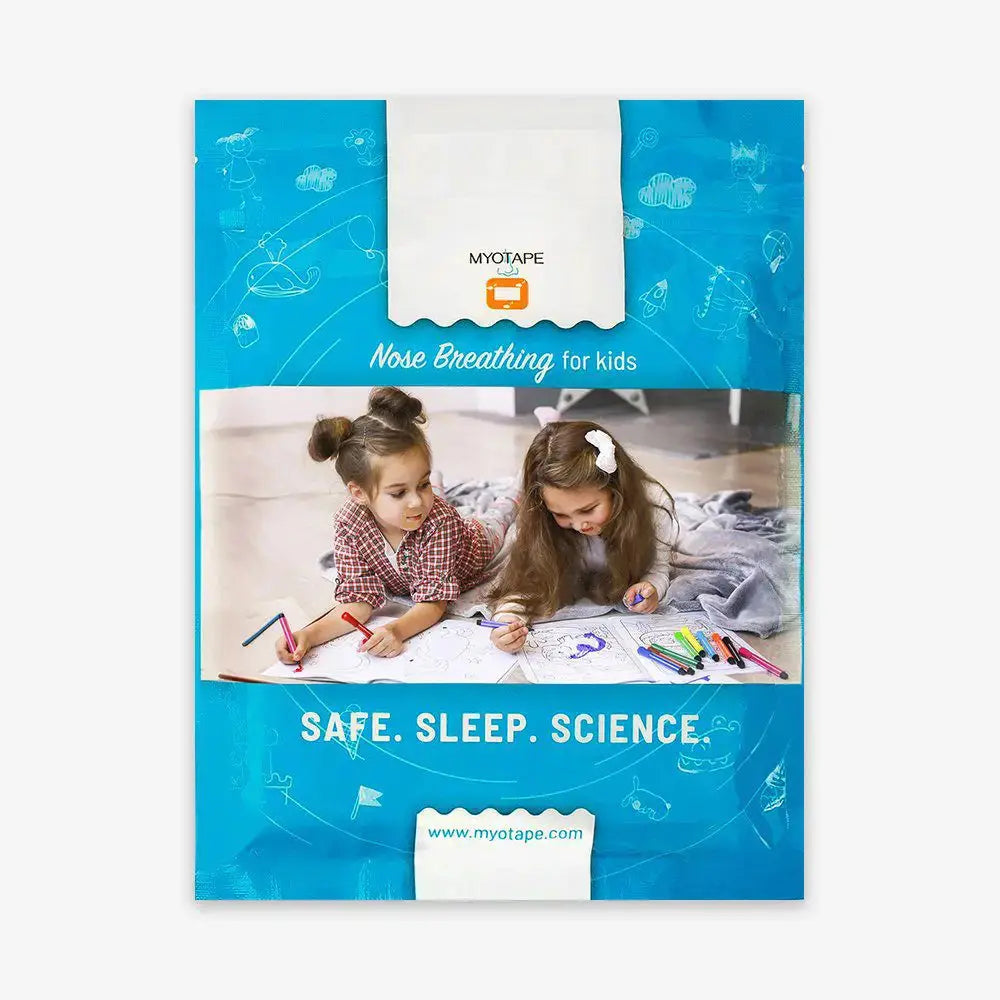
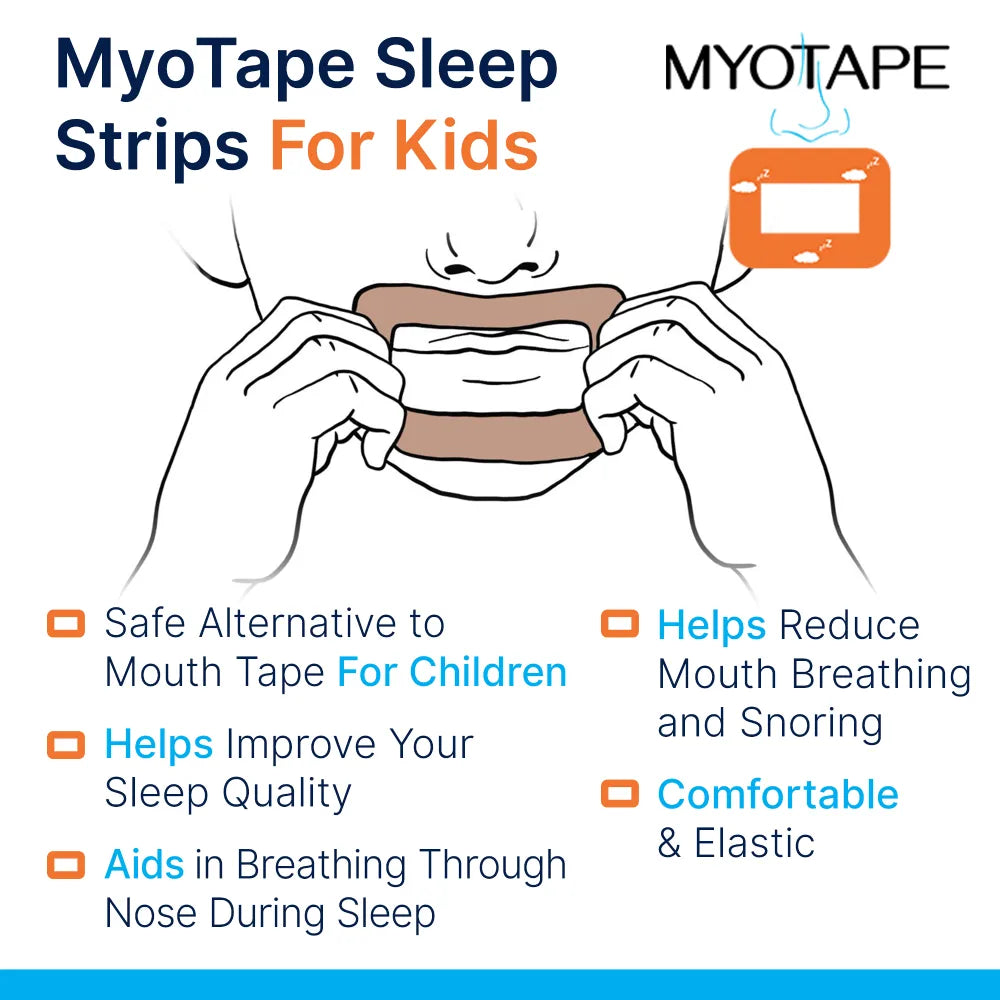
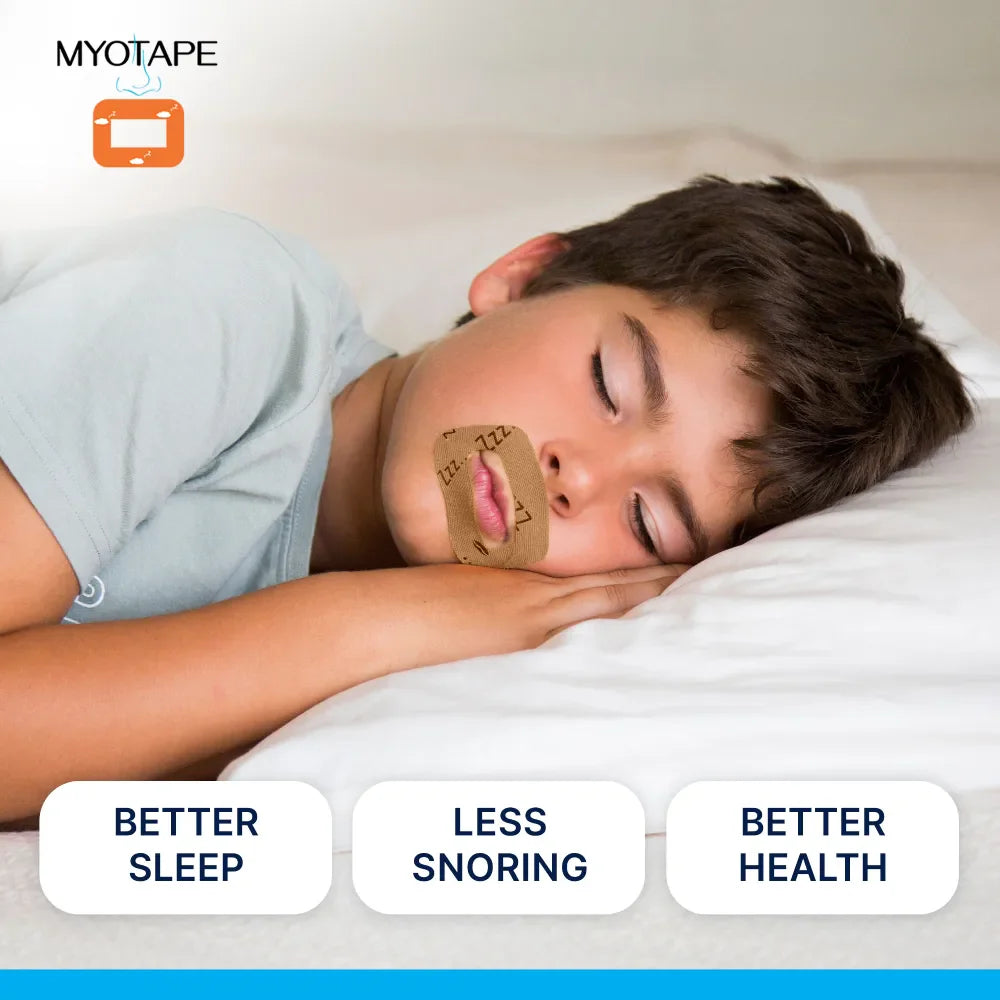
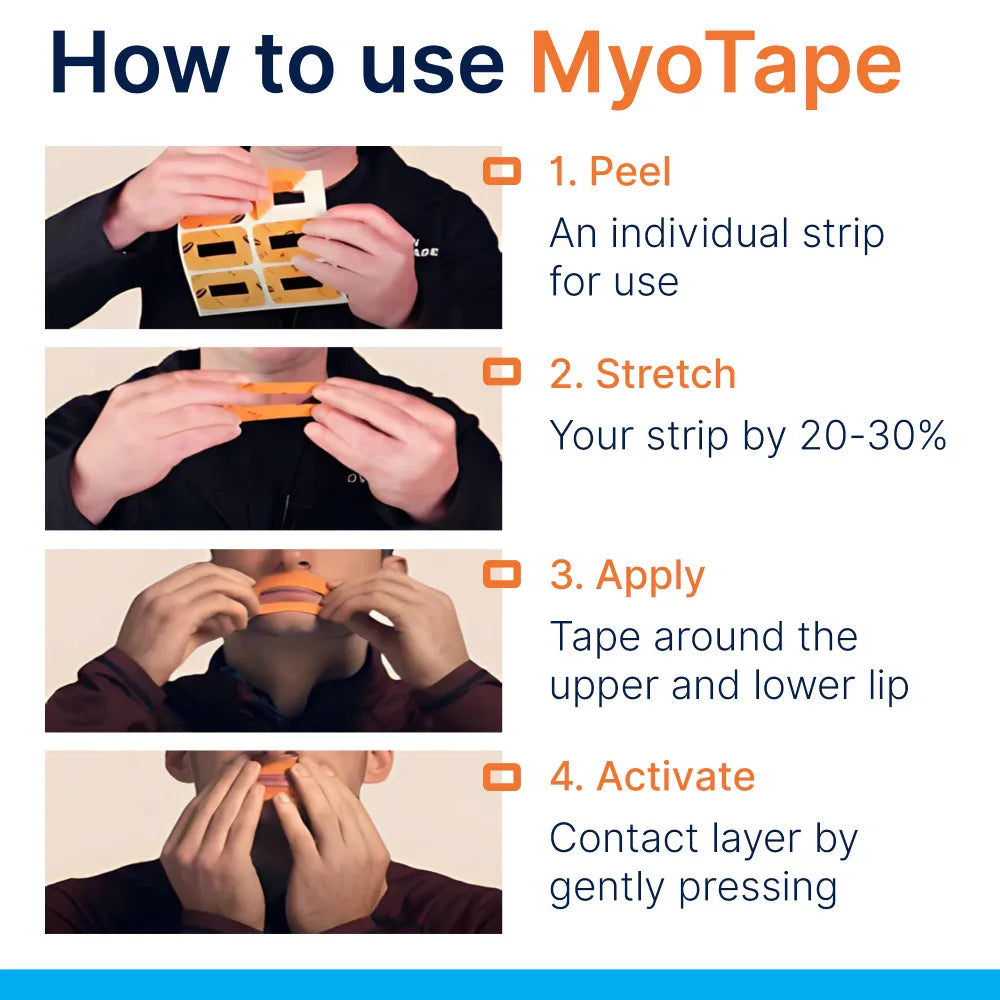
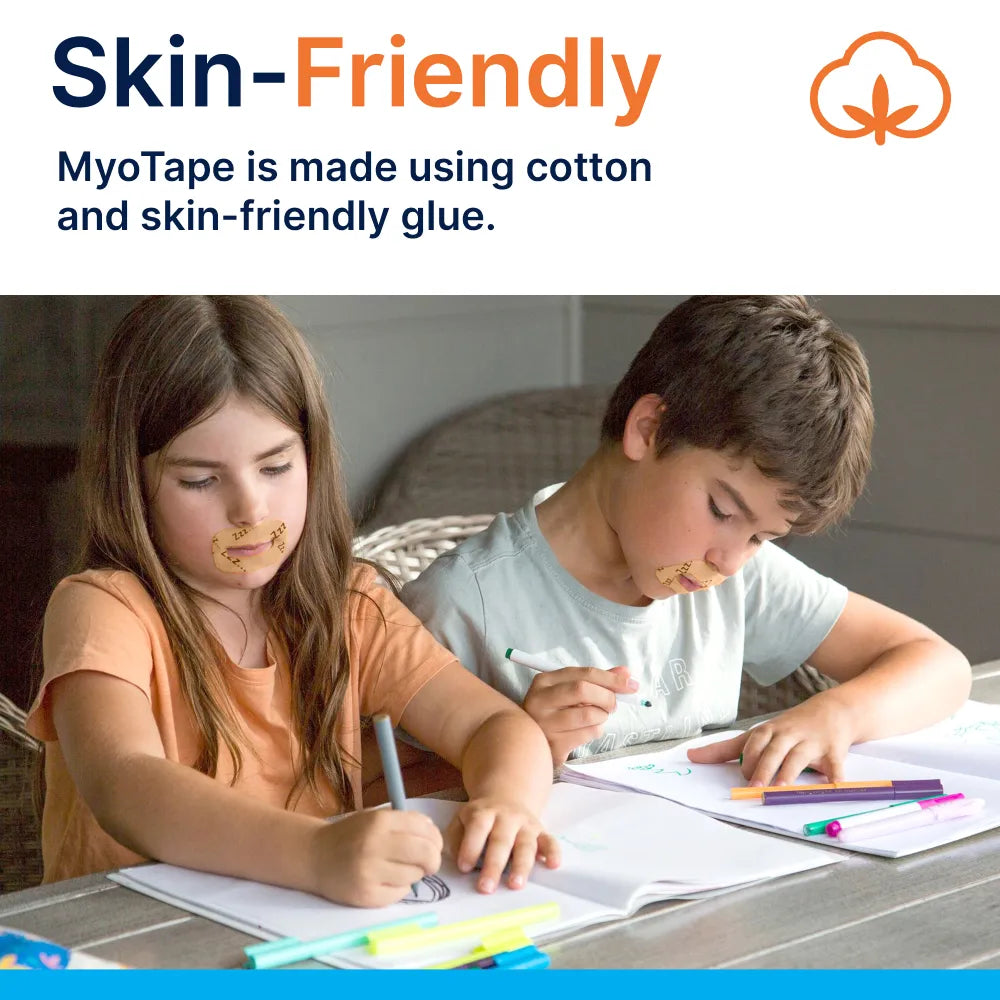










0 comments